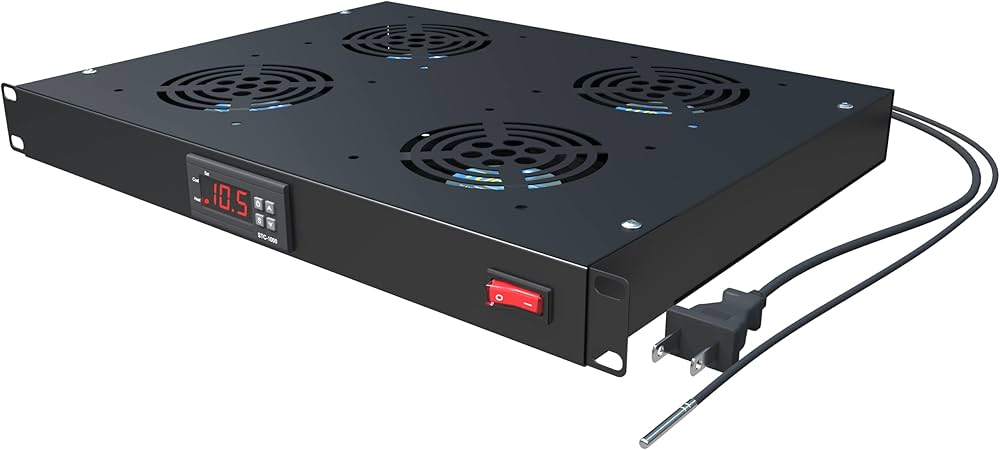In high-density IT environments, where multiple servers and networking equipment are housed within confined spaces, efficient cooling is crucial for optimal performance, energy efficiency, and hardware longevity. As technology advances and data processing demands increase, data centers and server rooms are experiencing higher heat loads. Without adequate cooling, overheating can lead to reduced performance, system failures, and even permanent damage to critical IT infrastructure. Implementing effective server rack cooling solutions ensures stability, reliability, and operational efficiency in these environments. One of the primary reasons for server rack cooling is to prevent overheating, which can degrade server performance and increase the risk of component failures. Servers generate significant heat, especially in high-density configurations where multiple units are stacked closely together. If the temperature is not properly controlled, excessive heat buildup can cause thermal throttling, where processors reduce their speed to prevent damage. This leads to slower data processing and lower efficiency, ultimately impacting business operations and productivity.

Proper cooling solutions also contribute to energy efficiency in data centers. When servers overheat, they consume more power as cooling fans work harder to dissipate heat. This not only increases energy costs but also places additional stress on power infrastructure. By implementing efficient cooling methods such as liquid cooling, in-row cooling, or hot aisle containment, data centers can reduce power consumption and improve overall efficiency. Additionally, optimized cooling reduces the strain on HVAC systems, leading to further energy savings. Another key advantage of server rack cooling is extending the lifespan of IT equipment. Excessive heat accelerates wear and tear on server components, leading to a higher failure rate and increased maintenance costs. Hard drives, processors, and memory modules are particularly susceptible to heat-related degradation. By maintaining an optimal temperature, cooling solutions help prolong the life of hardware, reducing the need for frequent replacements and minimizing downtime due to equipment failures.
There are various cooling techniques used in high-density IT environments to manage heat effectively. One common approach is air cooling, which involves using fans and air conditioning systems to regulate temperature. Precision air conditioning units, raised floor cooling, and aisle containment strategies help direct airflow efficiently and prevent hotspots. This method is highly effective in environments with extreme heat loads, as it provides better thermal conductivity than air cooling. Additionally, rear door heat exchangers and immersion cooling are gaining popularity due to their superior cooling efficiency and lower energy consumption. Server rack cooling is a critical component of high-density IT environments, ensuring optimal performance, energy efficiency, and hardware longevity. By preventing overheating, improving airflow, and utilizing advanced cooling technologies, businesses can maintain a stable IT infrastructure while reducing operational costs. Investing in acdcfan cooling solutions not only enhances server performance but also safeguards valuable IT assets, making it an essential consideration for modern data centers and enterprise IT environments.
